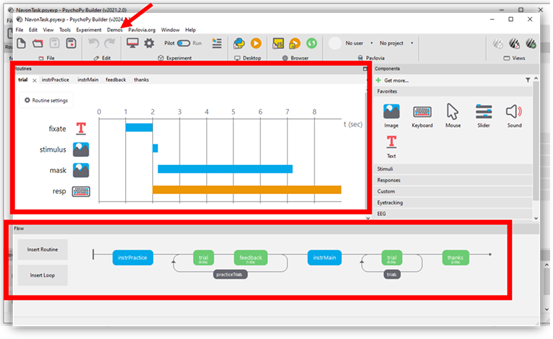最小对 /e/ 和 /ɪ/
就像 desk 和 disk 一样
下面是一个单词列表,这些单词只有一个具有元音 /e/ ,另一个具有元音 /ɪ/ 。
您可以使用此列表来练习发音,或作为发音时要小心的单词列表。
两个音都很短,/ɪ/ 的发音嘴巴较宽,几乎是一种微笑。这使得它更接近长音 /i:/ 而不是短音 /e/。
Elementary
dead did
desk disk
Pre-Intermediate
belt built
fell fill
head hid
left lift
mess miss
Intermediate
bed bid
beg big
bell bill
bet bit
check chick
gem gym
hell hill
hem him
let lit
pet pit
Upper-Intermediate
bend binned
bent bint
cheque chick
deck dick
fen fin
get git
jest gist
leapt lipped
led lid
lest list
kecks kicks
kept kipped
meddle middle
messed mist
peg pig
set sit
Advanced
bless bliss
Celt kilt
clef cliff
clench clinch
crept crypt
dell dill
den din
dent dint
fetter fitter
fez fizz
fleck flick
fretter fritter
gelding gilding
heck hick
hem hymn
hep hip
hex hicks
ken kin
ketch kitsch
Med mid
phlegm flim
quell quill

